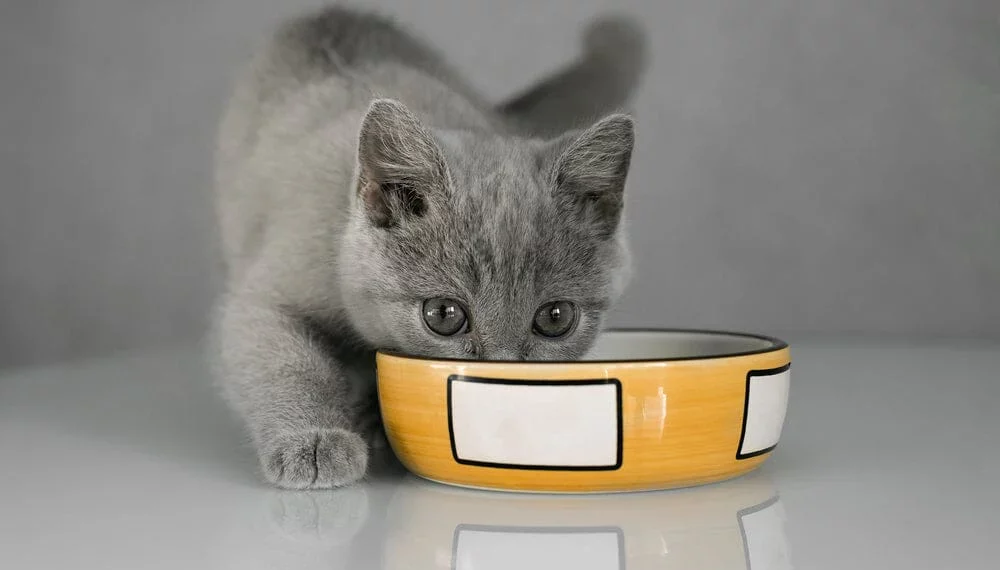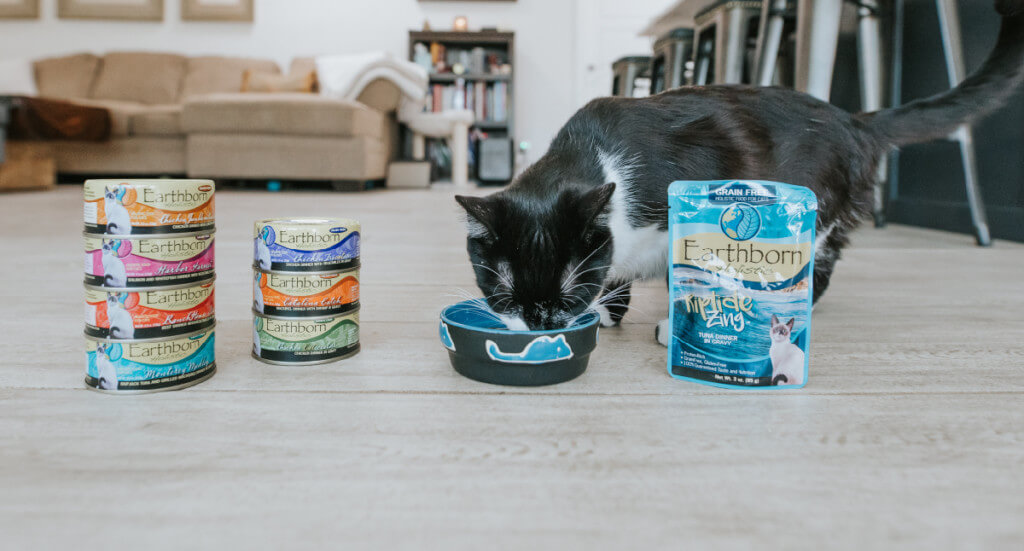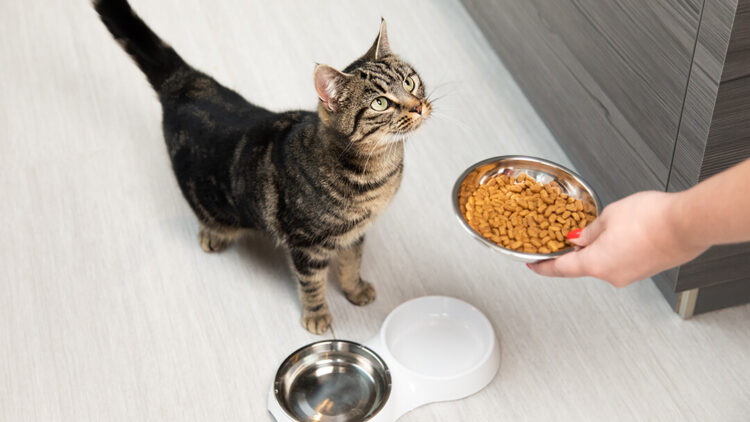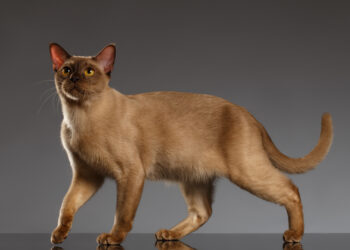Ensuring the proper nutrition of adolescent cats is crucial for their development and long-term health. During this growth phase, cats require a balanced diet that supports their energy needs and promotes strong bones, muscles, and overall well-being. This guide explores the nutritional needs of adolescent cats and how to meet them with the best cat foods available.
Understanding the Nutritional Needs of Adolescent Cats
Adolescent cats, typically between six months to two years of age, experience rapid growth and development. Their nutritional requirements are distinct from those of kittens and adult cats.
Key Nutrients for Adolescent Cats
- Protein: Essential for muscle growth and repair.
- Fats: Provide energy and support brain development.
- Vitamins and Minerals: Crucial for bone health, immune function, and overall vitality.
- Water: Vital for hydration and overall health.
Choosing the Best Cat Foods for Adolescent Cats
Selecting the best cat foods ensures that your adolescent cat receives the essential nutrients needed for healthy growth. Here are some factors to consider:
High-Quality Protein Sources
Look for cat foods that list high-quality protein sources, such as chicken, turkey, or fish, as the first ingredient. Protein is crucial for developing strong muscles and supporting overall growth.

Balanced Fat Content
Adolescent cats need fats for energy and brain development. Choose foods with balanced fat content to support their active lifestyle and cognitive functions.
Essential Vitamins and Minerals
Ensure the cat food includes essential vitamins and minerals, such as calcium and phosphorus, for bone health, and antioxidants for a strong immune system.
Top Cat Food Brands for Adolescent Cats
Here are some of the best cat foods that meet the nutritional needs of adolescent cats:
- Hill’s Science Diet: Known for its balanced nutrition and high-quality ingredients.
- Royal Canin: Offers formulas specifically designed for the growth stages of cats.
- Blue Buffalo: Features natural ingredients with added vitamins and minerals.
- Purina Pro Plan: Provides a range of products tailored to different life stages and health needs.

Feeding Guidelines for Adolescent Cats
Proper feeding guidelines help ensure your cat receives the right amount of nutrients without overfeeding or underfeeding.
Portion Control
Follow the feeding recommendations on the cat food packaging based on your cat’s weight and activity level. Adjust portions as needed to maintain a healthy weight.
Regular Feeding Schedule
Establish a regular feeding schedule with two to three meals a day. This helps regulate your cat’s metabolism and prevents overeating.
Hydration is Key
Always provide fresh water to keep your cat hydrated. Wet cat food can also help increase water intake, which is essential for urinary health.
Monitoring Your Cat’s Health
Regularly monitor your cat’s health and adjust their diet as needed. Look for signs of good health such as a shiny coat, healthy weight, and active behavior.
Veterinary Check-ups
Schedule regular check-ups with your veterinarian to ensure your cat’s nutritional needs are being met and to address any health concerns early on.

Adjusting Diet as Needed
As your cat grows, their dietary needs may change. Be prepared to adjust their food intake or switch to a different formula that better suits their current health status.
Conclusion
Meeting the nutritional needs of adolescent cats with the best cat foods is essential for their growth and long-term health. By understanding their specific dietary requirements and choosing high-quality, balanced foods, you can support your cat’s development into a healthy and active adult. Remember to consult your veterinarian for personalized advice and to ensure your cat’s diet meets their individual needs.
By following these guidelines, you can ensure that your adolescent cat receives the nutrition they need to thrive.





















